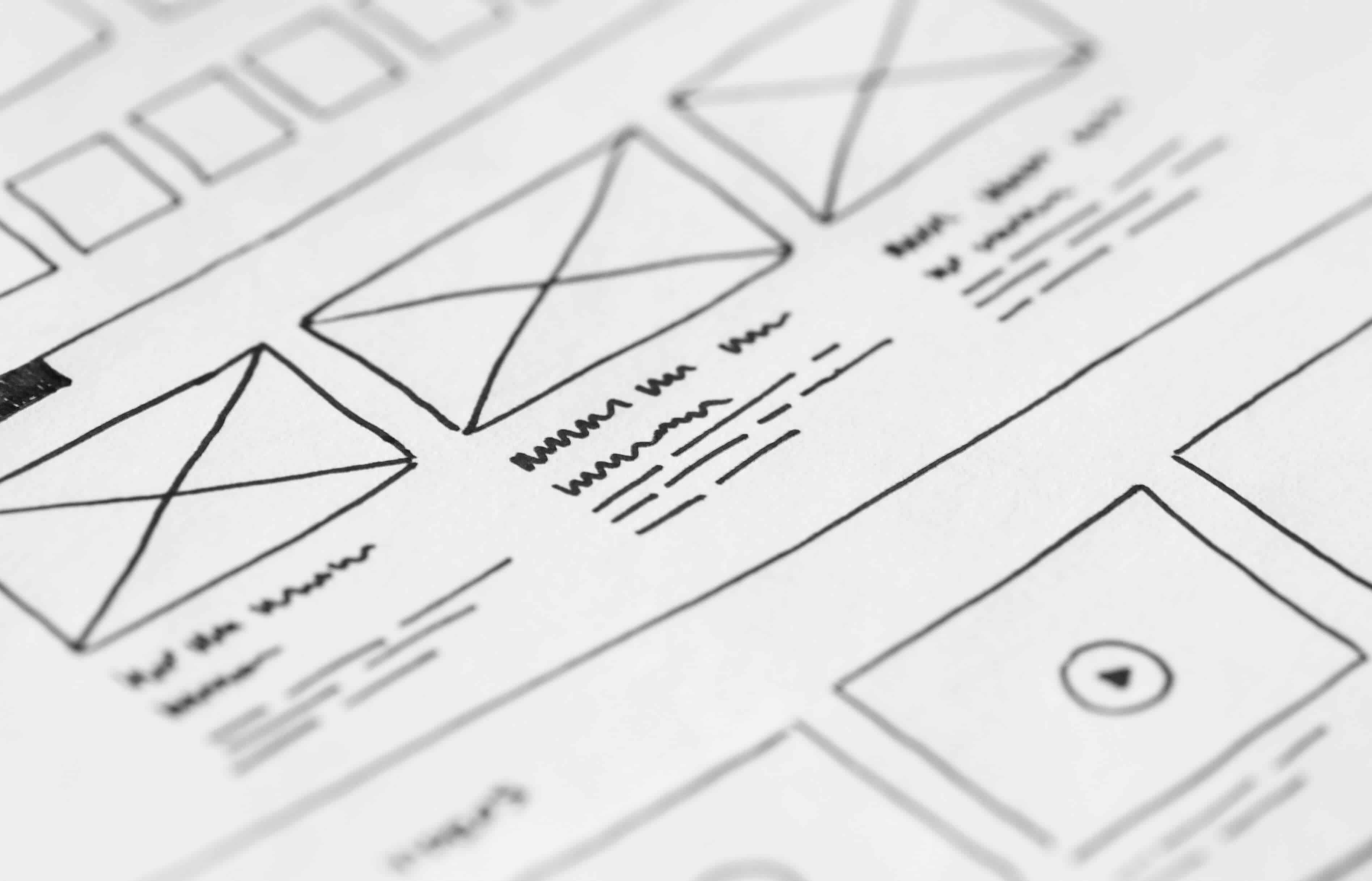Design Thinking in Digital Language Learning
Learning may often take place in a classroom full of people (or an office full of colleagues), but the truth is, it’s personal—especially when it comes to learning a new language. And unfortunately, it hasn’t always been easy for HR and learning and development (L&D) professionals to create unique, customizable experiences for employees. But now, thanks to advancements in technology, design thinking has changed how we learn new skills at work—we now have the ability to design human-centered applications and programs specifically for individual learners.
Defining Design Thinking
So what exactly is design thinking? Psychologist Herbert A. Simon introduced the idea of “changing existing situations into preferred ones” in his 1969 article, Sciences of the Artificial. With this, he introduced a more human-centered approach to design—a qualitative, comprehensive concept that can be applied to a variety of diverse fields, from medicine to education—but it’s evolved even further since technology has started playing such a significant role in our lives. In an era of digital transformation in learning and development, when it’s all too easy to overlook the importance of human factors amidst rapid technological change, design thinking offers a way of understanding, assessing and testing user experiences in a truly empathetic way
Read our white paper to learn more about how design thinking is changing learning and development.

Applying Design Thinking in Language Learning
Design thinking is broken down into five key steps—empathize, define, ideate, prototype and test—each of which can (and should!) be used by HR and learning and development teams to improve workplace education and language training.
With that in mind, let’s take a closer look at how design thinking is used at Speexx.
1. Empathize: Understanding the language learner’s goals
The first step in developing language curricula is understanding the learners’ goals. Does an employee want to brush up on verb conjugations before a conference call? Is an employee interested in speaking a new language fluently? Do employees need to learn industry-specific concepts in a certain language? Knowing each employee’s needs and motivations will enable you to design a learning program that helps them efficiently achieve personal goals.
2. Define: Identifying knowledge gaps and problems
Once you have a clear understanding of your learners’ needs and wants, it’s time to identify the problem areas. What are the steps they need to take in order to achieve their goals and what might be preventing them from succeeding? A native Japanese speaker, for example, may find it more difficult to learn Spanish than a native Italian speaker due to a lower degree of lexical similarity. Problems should be described in human-centric terms so that both learners and L&D professionals can understand and agree on particular pain points. During this stage, you should also determine what success looks like for each individual. This will help as you begin to design a new learning path, which leads us to the third step in the design-thinking process.
3. Ideate: Brainstorming solutions and next steps
Now that you know what the end-result should be, it’s time to figure out how, exactly, learners can get there. What should the learning content be and how should it be delivered? This is where resources like AI, machine learning and trainers in virtual classrooms can be indispensable, as they can suggest custom techniques and tactics that fit the needs of particular learners. Similar to Netflix, which analyzes user activity to suggest films and TV shows, AI can be used in digital language learning programs to study behavior and recommend relevant content/methods that can help learners achieve the goals identified in phase one. Of course, this is in addition to ideas from HR and L&D teams—the more solutions you can brainstorm, the better.
4. Prototype: Designing a digital language learning environment
During the prototyping stage, you have the opportunity to put your solutions into practice. If you think learners will favor video content over reading material, record a short tutorial or lecture. Think they’ll prefer learning in groups? Set up a virtual classroom to increase collaboration. The aim is to assess whether these new content delivery and teaching methods are achieving the desired results. Prototyping will provide the insights needed to iterate and improve a proposed learning solution ahead of more structured testing.
5. Test: Refining the optimal learning experience
The final step in designing a digital language learning program is testing. As with prototyping, this process can be repeated again and again to enhance the user experience. Once HR and L&D professionals have a clear understanding of a language learner’s profile (their behaviors and preferences – data for example coming from a digital language needs analysis system), they can use this data to brainstorm new solutions and create new prototypes yet again—it’s a continuous cycle intended to help designers and developers create truly customized and effective solutions for learners.

Design Thinking Leads to Better Work
With design thinking in digital language learning, companies can provide employees with adaptable and personalized language-learning solutions in the workplace. And in the current market, where language skills can offer a substantial competitive advantage (take Japanese e-commerce giant, Rakuten, for example- they required their global workforce be proficient in English within two years or face demotion), HR and L&D professionals can leverage this technique to drive both individual and corporate success. An organization can only succeed if its employees succeed, and learning and development programs have a huge role to play in this. Applying design thinking to all training is key in ensuring that each team player is equipped with the knowledge that they (and the company) need to move forward.
Want to see how design thinking in digital language learning, works? Try Speexx today.
